Social Media's Impact on Contemporary Art
The ascent of social media platforms, including Instagram, Pinterest, Twitter, and TikTok, has significantly reshaped the landscape for contemporary art. These virtual spaces have transformed artists’ tactics of showcasing their work, reaching audiences, and interacting with consumers. But what does this transformation mean for traditional art gatekeepers such as galleries and critics? Let's explore this cultural paradigm shift along with its positive and negative implications.
Leveraging Social Media Platforms
Artists are resourcefully exploiting these platforms as valuable tools. They are no longer restricted by geographic bounds; instead, they can study, inspire and influence global trends. Their art is instantly visible to millions of potential viewers, thus helping them penetrate a broader audience. Direct conversations with consumers foster a stronger bond between the creator and viewer, providing artists with immediate feedback and interaction opportunities that would otherwise be slow or impossible.
Democratization Vs. Traditional Gatekeepers
While this newfound accessibility liberates artists from the need for galleries or critics' approval, it also disrupts the traditional authority of these institutions as gatekeepers of artistic value and aesthetics. Galleries are now sharing, if not competing for, the curator's role with algorithmic news feeds, while critics may find their relevance diluted as anyone with a social media account can turn art critic.
Potential Positives and Negatives
On the bright side, the rise of digital art and the use of advanced technologies are presenting entirely new genres and techniques. However, the commercialization of art —where profit often trumps the product's integrity— may put a damper on the pure artistic spirit. Further, the potential for oversaturation is a valid concern. With the ease of creating and sharing content, we are witnessing an unprecedented volume of artistic productions, potentially diluting the impact of individual works.
The Future of Art and Social Media
The intersection of contemporary art and social media is evolving every day. Whether this synthesis would lean more towards creativity’s liberation or the mundanity from oversaturation will be revealed in time. It is certain, however, that this relationship will continue to redefine boundaries and create new opportunities. The democratization of art through social media promises an exciting future, one where every voice, every creator, has a chance to be seen and heard.

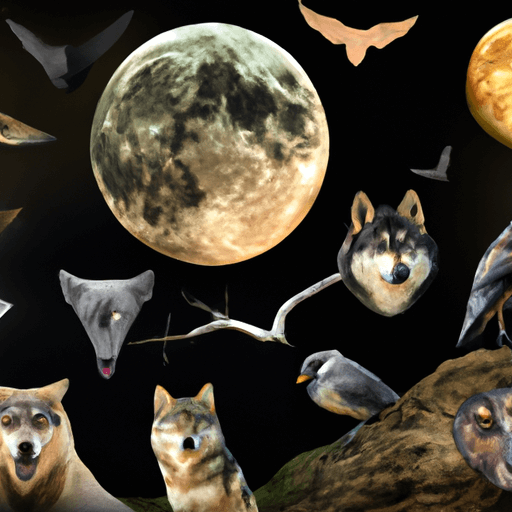
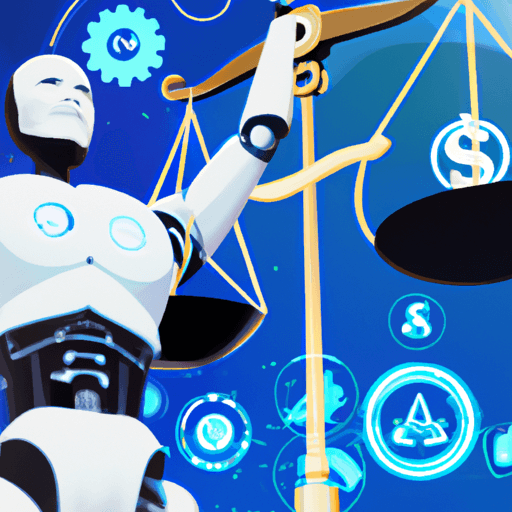
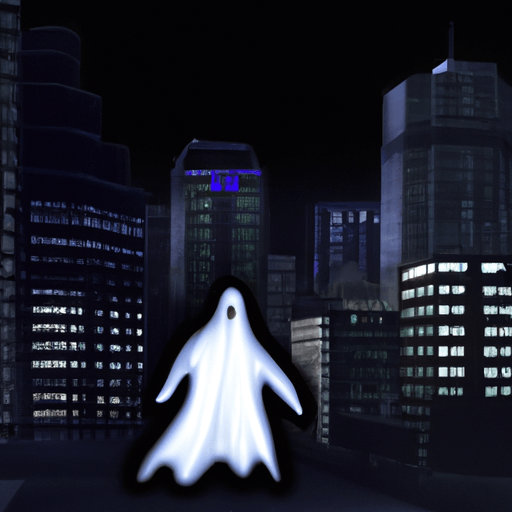
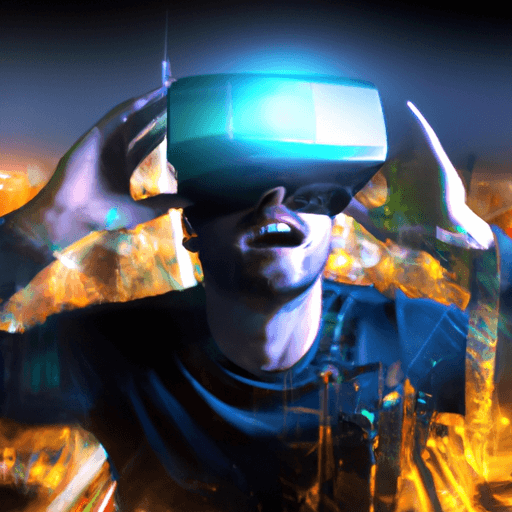
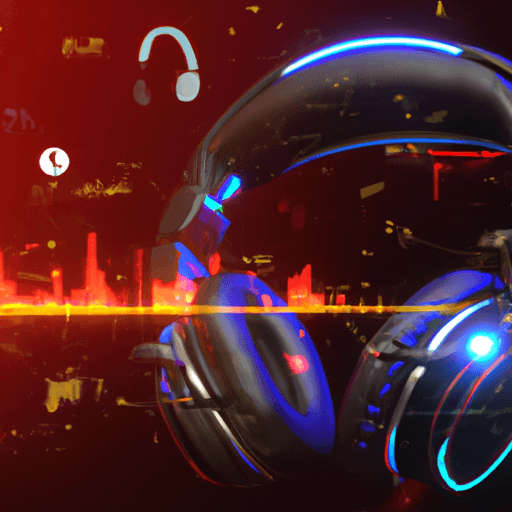
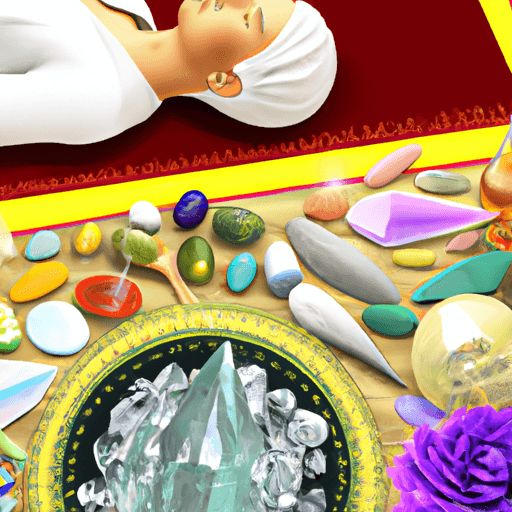
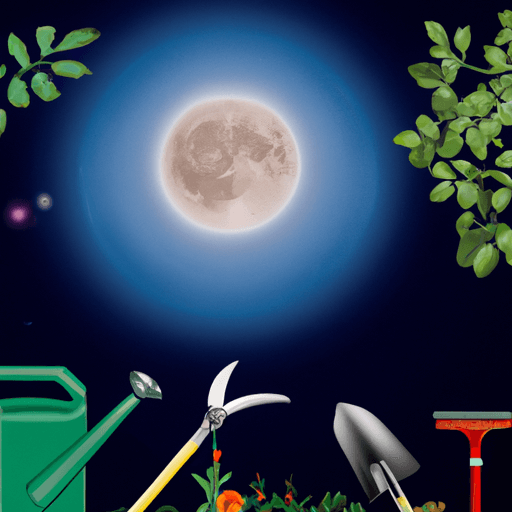
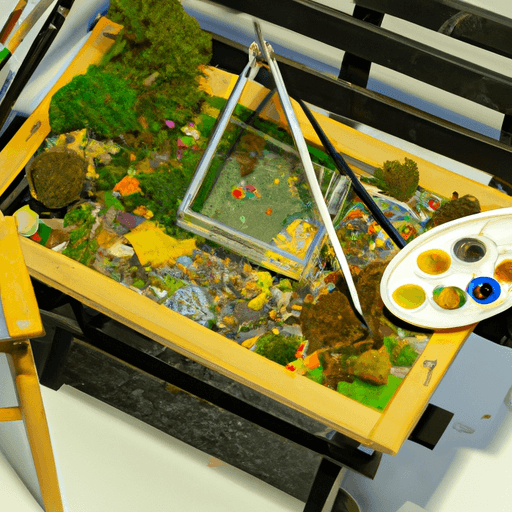
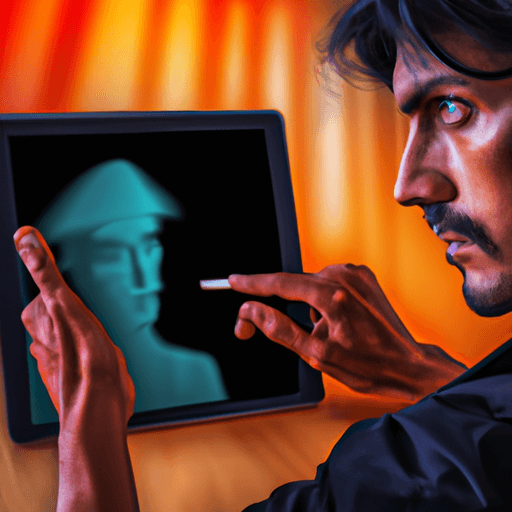
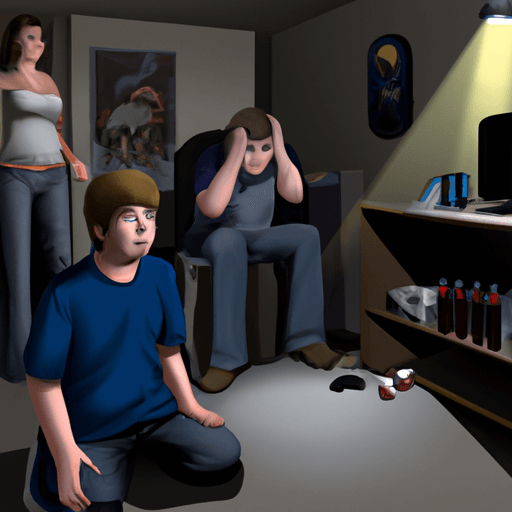
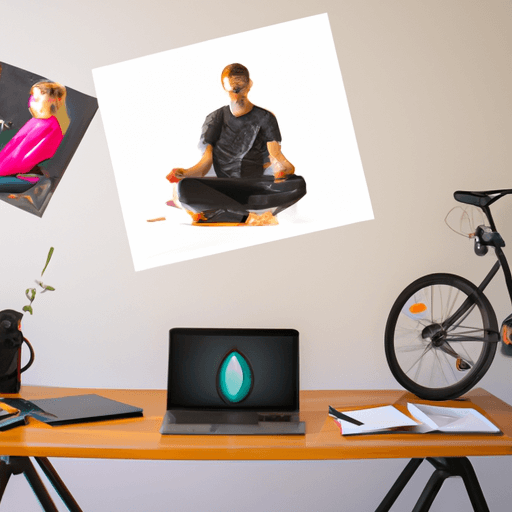
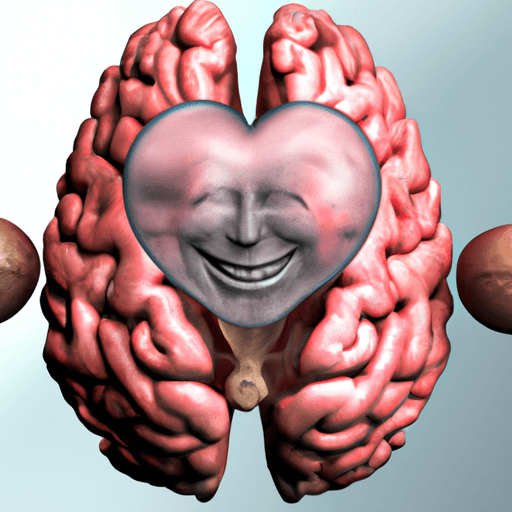
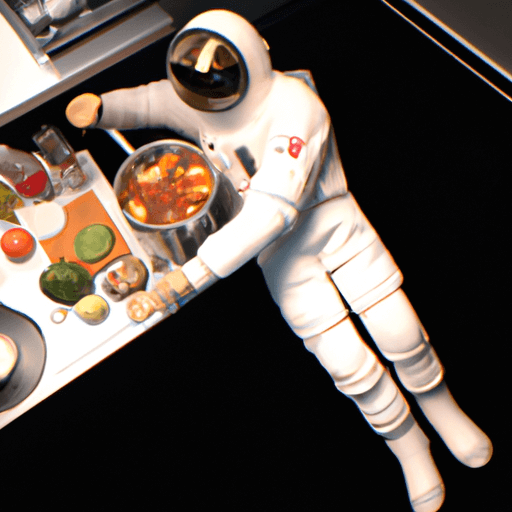

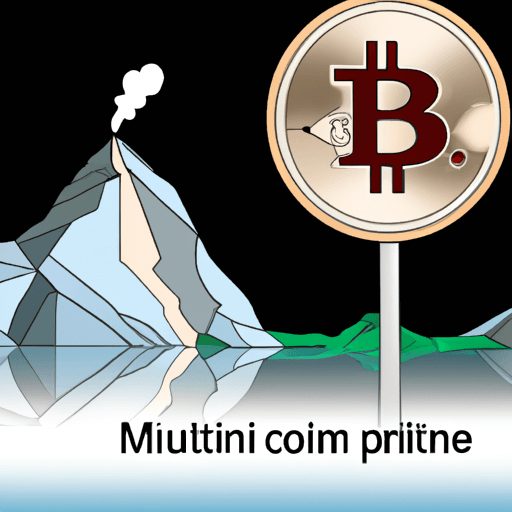

Comments
Leave a Comment